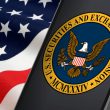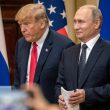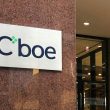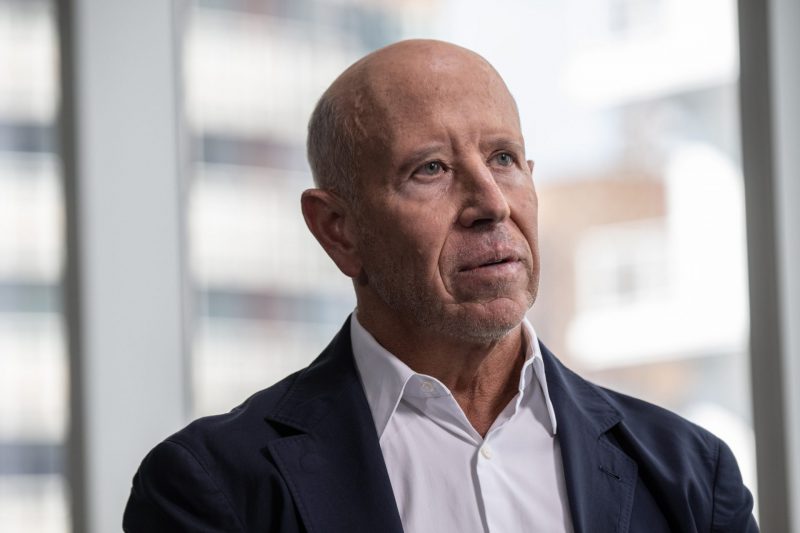Billionaire real estate investor and CEO of Starwood Capital, Barry Sternlicht, has recently stated his expectation of one bank failure per week in the United States. Indeed, Sternlicht expressed his concern regarding more than 4,000 banks in the US amid the ongoing pressure of interest rates and inflation.
Sternlicht noted that community and regional banks could be in for a treacherous time amid a host of macroeconomic factors. Subsequently, he noted that a regional bank could fail “every week, maybe two a week” in a recent interview with CNBC.
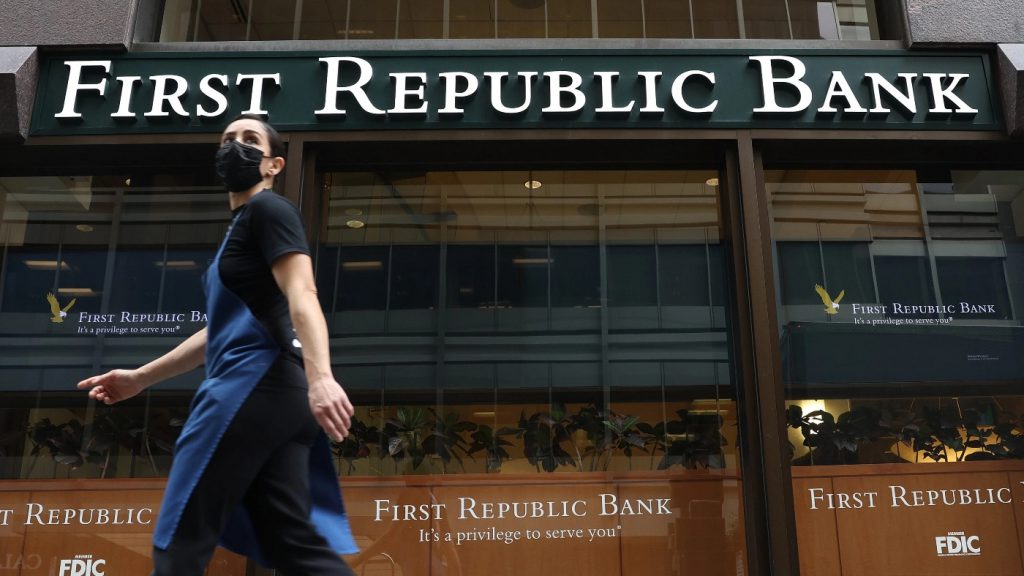

Also Read: US Stock Market Will Face a 30% Correction: Forecast
Billionaire Real Estate Investor Expects Banking Struggles
Throughout the year, the United States has been navigating an economy of increased frailty. Indeed, the Federal Reserve had enacted a two-year tightening campaign, increasing interest rates to combat high inflation. Now, the Central Bank has yet to cut rates, with many projecting dangers for the economy as a result.
One of them is billionaire real estate investor Barry Sternlicht, who expects one bank failure per week. Speaking to CNBC, the co-founder of the $115 billion Starwood Capital Group shared his grim prognosis for the current state of interest rates and their effect on smaller banks.
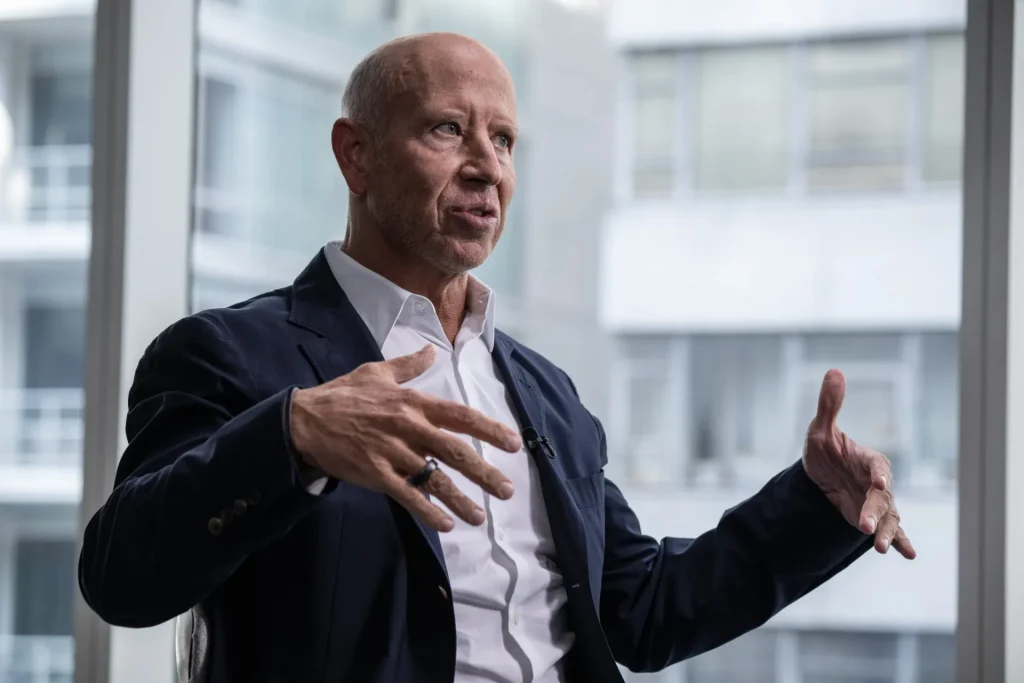
Also Read: Gold vs.USD: World Dynamics Are Favoring Gold Over USD
“I think people are looking for these cracks, and you’re going to see the crack develop now,” Sternlicht said. “You’re going to see a regional bank fail every day, or not—every week, maybe two a week,” he added.
2023 saw the highly publicized collapse of First Republic Bank. A regional lender in the Northeast, the institution had nearly $6 billion in assets and $4 billion in deposits. Indeed, the bank was the first casualty of what could be many as a result of high interest rates amid large real estate holdings.
Sternlicht has been a consistent voice, discussing the worrisome effect the rising rate would have on real estate and banking. In 2022, he was one of the first to profess the inevitability of a recession for the US economy, as it first began its tightening campaign.


